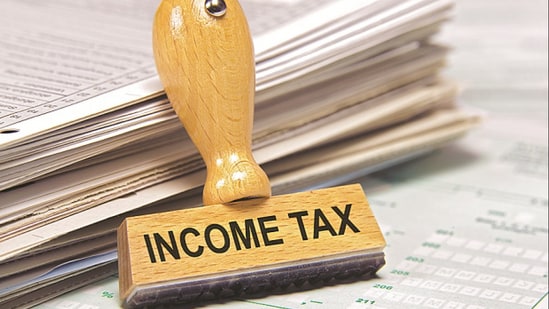With the onset of new financial year on April 1, several new income tax laws like the new tax regime being set as the default one to the increase in the tax rebate limits, came into effect.
Read here: From Apr 1, these 10 big income tax rule changes to be effective. Details
The changes in income tax rules always remain a point of concern for the salaried employees and taxpayers. For FY23-24, the government has modified the income tax slabs under the new tax regime.
The Central Board of Direct Taxes (CBDT), in its circular dated April 5, stated that the salaried employees are required to intimate their employers about the income tax regime they want to opt for.
“Each such employee shall intimate the same to the deductor, being his employer, regarding his intended tax regime for each year and upon intimation, the deductor shall compute his total income, and deduct tax at source thereon according to the option exercised”, reads the circular.
In case an employee does not inform about his/her preferred tax regime, then the employer would deduct applicable TDS from salary as per the new tax regime announced in Budget 2023-24.
Income tax slabs under new tax regime
Under the new tax regime, an individual with an annual income of up to ₹7 lakh would not be required to pay any tax. A standard deduction of ₹50,000 has also been allowed and the basic exemption limit has been hiked to ₹3 lakh. But they won’t be entitled to the regular exemptions such as those allowed under section 80C and 80D.
Income between ₹3-6 lakh would be taxed at 5%; ₹6-9 lakh at 10%, ₹9-12 lakh at 15%, ₹12-15 lakh at 20% and income of ₹15 lakh and above will be taxed at 30%.
Income tax slabs under old income tax regime
The old tax regime allows for exemptions and deductions. In this regime, an individual with an annual income of up to ₹5 lakh would not be required to pay any tax. It also has a basic exemption limit of ₹2.5 lakh.
Income between ₹2.5 lakh and ₹5 lakh would be taxed at 5%, while income between ₹5 lakh and ₹10 lakh is levied with a 20% tax. Income above ₹10 lakh is taxed at 30%.
Income Tax department recently uploaded a tax calculator on its portal that shows tax liability according to both regimes, old and new. One can access the calculator by visiting the official website of the Income Tax department.
Read here: New income tax regime, other rules to kick in from Apr 1: What taxpayers need to know
It can be concluded that the salaried taxpayers could calculate their tax liability via the tax calculator and then choose the regime which leads to a lower tax liability.
